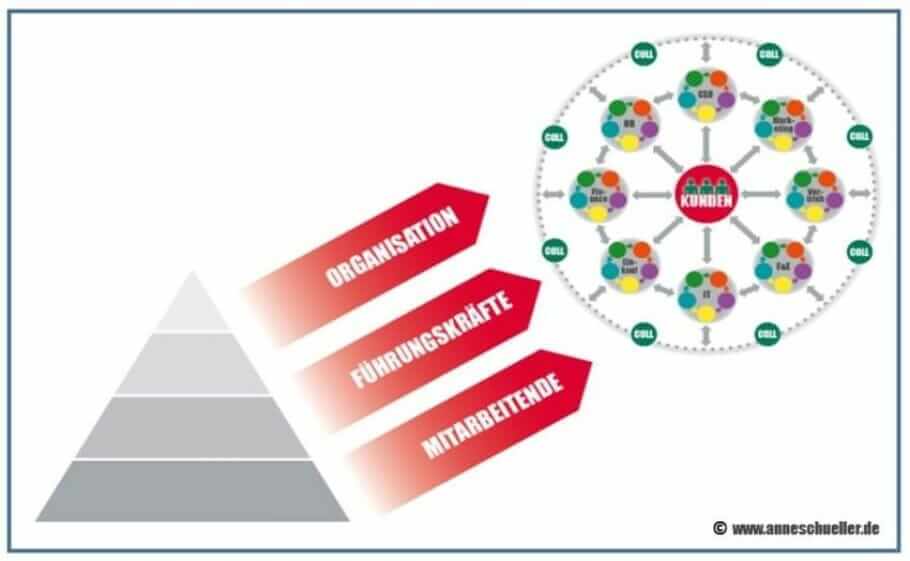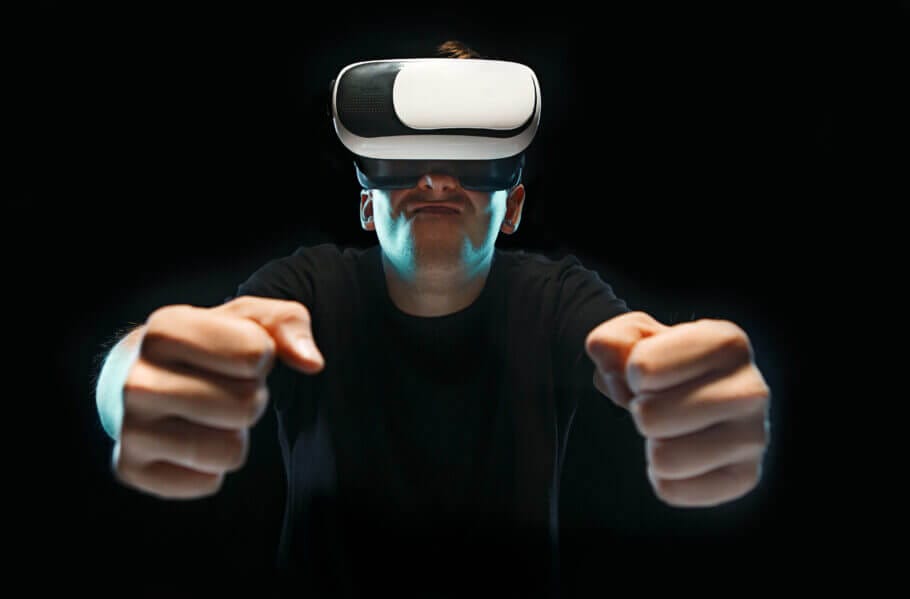For their successful, good life Information you really need: Government-funded publisher, awarded the Global Business Award as Publisher of the Year: Books, Shops, eCourses, data-driven AI-Services. Print and online publications as well as the latest technology go hand in hand - with over 20 years of experience, partners like this Federal Ministry of Education, customers like Samsung, DELL, Telekom or universities. behind it Simone Janson, German Top 10 blogger, referenced in ARD, FAZ, ZEIT, WELT, Wikipedia.
Disclosure & Copyright: Images created as part of a free collaboration with Shutterstock.
eLearning & Educational Experience: 10 Tips for Education Providers & Companies
By Alyssa Mazzina (More) • Last updated on October 01.03.2024, XNUMX • First published on 24.09.2020/XNUMX/XNUMX • So far 7575 readers, 1801 social media shares Likes & Reviews (5 / 5) • Read & write comments
The urge to Background is in the People deeply rooted. But the way in which he acquires new knowledge has changed significantly over the course of the last century. And e-learning is becoming increasingly important. 10 tips such as educational institutions and Companys this useful to be able to use.

- The greatest change in education
- Learning with Artificial Intelligence and Augmented Reality
- Big challenges for educational institutions
- How interfaces support learning
- 10 ideas for a better digital teaching experience
- Conclusion: Education providers should actively use the possibilities of redesign
The greatest change in education
A far cry from the stuffy classrooms and dusty chalkboards of the past Things to Learn now everywhere - on a wide variety of end devices. COVID-19 is responsible for perhaps the biggest change in recent times: At the height of the pandemic, 1,2 billion children had to learn their material at home.
The Internet and the e-learning platforms offered there today provide knowledge on demand. Schools, universities and companies of all sizes are engaged in a fierce battle for learners. The market for Online-Education is expected to be worth $325 billion over the next few years - and that forecast predates the lockdown for educational institutions around the world Welt forced to switch to online offers.
Learning with Artificial Intelligence and Augmented Reality
Thanks to mobile devices, cloudCommunication and interactive live videos, learning in the virtual classroom, online tutoring and collaboration on the web has become a reality. Irrespective of Age and origin, people acquire their knowledge via digital platforms. In the United States, the proportion of students who do not study in the traditional way is now higher than the proportion of “normal” students: 70 percent of all undergraduateCandidates complete their higher education online. Many of them try to work, Family and Study with each other and would like to learn independently under flexible conditions.
These digitally savvy students live in a world where artificial Intelligence (AI), augmented reality (AR) and hyper-personalization shape their daily experiences as consumers. They expect the same from their learning environment: a seamless, convenient and personalized online experience.
Big challenges for educational institutions
For educational institutions, the change in the Industry come with their own challenges: rising tuition costs, tighter budgets, tougher competition and, more recently, social distancing. They need to ask themselves how to provide students with a digital experience that meets their growing needs. At the same time, learning must become more efficient.
It's not just about providing instructional content, but packaging it into an experience that meets the increasing demands of students and teachers. After all, teaching today takes place across multiple touchpoints and channels. That is why modern tools are required that Contact to learners and create a more productive, intuitive and personalized learning and teaching experience.
How interfaces support learning
The Technology, which can be used to support interactions in education and many other areas, are digital communication APIs. API stands for Application Programming Interface and is a standard technology that provides certain software functionalities for any Organization makes usable.
With communication APIs, channels such as voice, video and messaging can be easily integrated into any application or service.
10 ideas for a better digital teaching experience
Here you will find ten ideas, which enable you, as an education provider, to redesign the teaching experience using communication APIs:
- Inexpensive, digitally accessible offer: Lower course costs and help students balance their study effort with their busy schedule. To do this, offer onlineCourses with interactive live video, voice and messaging elements.
- Reduce administrative tasks for teachers: Take the pressure off the faculty by automating communication with students. In this way teachers and lecturers can devote themselves to their actual task.
- Increase student and enrollment numbers: With interactive online offers, traditional universities have the opportunity to increase the number of their students and to position themselves better in a national or international comparison. The University of Missouri, for example, is relying on online degree programs to expand: it wants to increase the number of enrollments from 75.000 to 100.000.
- Shorten study times: Learning online and communicating digitally: With this combination, pupils and students can complete theCourses at their own pace. For example, the College for America uses communication technology to provide skills-based self-paced study for up to 350.000 students. In just 100 days they can acquire the associate degree, a kind of preliminary stage to the bachelor's degree.
- Promote participation: Send automatic class reminders to students and parents on their preferred communication channels. This increases the number of participants and makes it possible to plan around participants who do not appear.
- Student A protected, seamless on-demand learning experience on their favorite channels increases the satisfaction and motivation of pupils and students. This is proven by studies: learners are significantly more engaged when discussions and communication via social media such as Facebook Messenger and WhatsApp will be continued.
- Learn from international experts: Promote collaboration with professionals, experts, researchers and renowned Professoraround the world using tools such as interactive video conferencing with screen sharing and screen annotation capabilities.
- Improve learning outcomes: Studies show that 70 percent of students perform better in a mixed learning environment than in classroom teaching. Take different learning styles into account: Offer a mixed teaching concept in which, in addition to traditional knowledge transfer, there is also space for interactive collaboration and live videos.
- Include context information: Make lecturers, tutors and other employees work more efficiently and intuitively: Use embedded, context-sensitive communication tools to provide them with the right background information about their students at the right time.
- More security through simple phone number verification: Make your system more secure and prevent the wrong users from logging in: When registering and other account activities, ensure that only pupils, students and teachers with access authorization can access your platform - using simple two-factor authentication.
Conclusion: Education providers should actively use the possibilities of redesign
Even if the time after Corona brings with it many new challenges for the education system, there are plenty of opportunities to redesign the student and teacher experience.
The training providers only have to look around and actively use these opportunities to provide long-term opportunities for those who want to continue their education successfully to be. Lifelong learning is the motto.
Here writes for you
Alyssa Mazzina is Senior Content Writer and Editor at Nexmo, Vonage's API platform. With more than 17 years of experience as a content writer and editor, she has specialized in tech startups, SaaS and marketing targeting developers. Alyssa Mazzina graduated magna cum laude with a degree in English Language and Literature from California State University. Before joining Vonage, she was a public relations and communications officer at California State University. Previously, she held the position of Managing Editor at Stack Overflow. All texts by Alyssa Mazzina.









Post a Comment